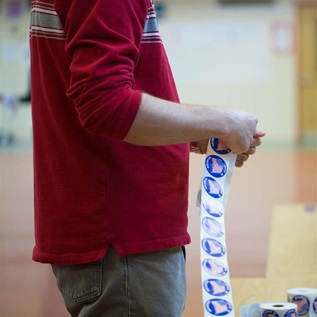The Rise of Non-Precinct Place Voting
Recent data from the Census Bureau show that people are increasingly voting outside the traditional polling place, a shift that greatly impacts how election officials prepare and pay for elections.
In 2010, the Census’s Current Population Survey reported:
- 18.2 percent of respondents voted absentee or by mail
- 8.4 percent voted early in-person, and
- 73.4 percent voted on Election Day.
This compares with the last midterm election in 2006, which found:
- 13.8 percent of respondents voted by mail
- 5.8 percent early, and
- 80.4 percent on Election Day.
Additionally, six states saw an increase of more than 10 percentage points in voters returning their ballots by mail from 2006 to 2010: Arizona, Colorado, Montana, North Dakota, Ohio, and Washington. In-person early voting grew by more than 10 percentage points in four states during this time frame: Georgia, Nevada, New Mexico and North Carolina.











